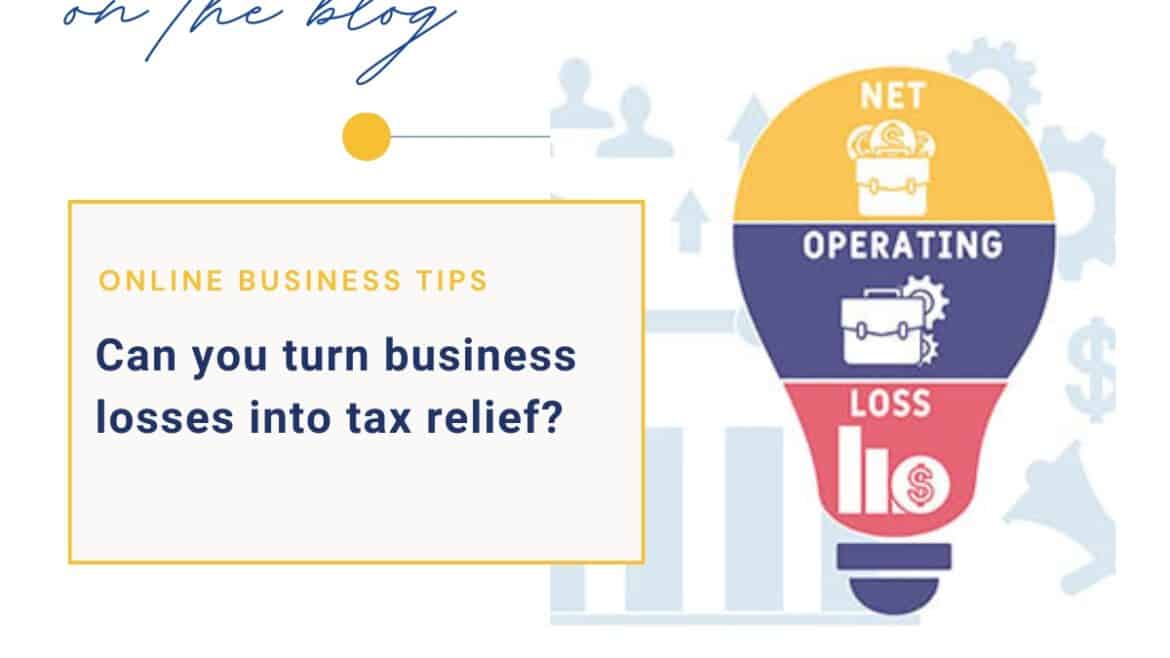They say age is just a number — but in the world of tax law, it’s much more than that. As you move through your life, the IRS treats you differently because key tax rules kick in at specific ages. Here are some important age-related tax milestones for you and loved ones to keep in mind as the years fly by.
Ages 0–23: The kiddie tax
The kiddie tax can potentially apply to your child, grandchild or other loved one until age 24. Specifically, a child or young adult’s unearned income (typically from investments) in excess of the annual threshold is taxed at the parent’s higher marginal federal income tax rates instead of the more favorable rates that would otherwise apply to the young person in question. For 2025, the unearned income threshold is $2,700.
Age 30: Coverdell accounts
If you set up a tax-favored Coverdell Education Savings Account (CESA) for a child or grandchild, the account must be liquidated within 30 days after the individual turns 30 years old. To the extent earnings included in a distribution aren’t used for qualified education expenses, the earnings are subject to tax plus a 10% penalty tax. To avoid that, you can roll over the CESA balance into another CESA set up for a younger loved one.
Age 50: Catch-up contributions
If you’re age 50 or older at end of 2025, you can make an additional catch-up contribution of up to $7,500 to your 401(k) plan, 403(b) plan or 457 plan for a total contribution of up to $31,000 ($23,500 regular contribution plus $7,500 catch-up contribution). This assumes that your plan allows catch-up contributions.
If you’re 50 or older at the end of 2025, you can make an additional catch-up contribution of up to $3,500 to your SIMPLE IRA for a total contribution of up to $20,000 ($16,500 regular contribution plus $3,500 catch-up contribution). If your company has 25 or fewer employees, the 2025 maximum catch-up contribution is $3,850.
If you’re 50 or older at the end of 2025, you can make an additional catch-up contribution of up to $1,000 to your traditional IRA or Roth IRA, for a total contribution of up to $8,000 ($7,000 regular contribution plus $1,000 catch-up contribution).
Age 55: Early withdrawal penalty from employer plan
If you permanently leave your job for any reason after reaching age 55, you may be able to receive distributions from your former employer’s tax-favored 401(k) plan or 403(b) plan without being socked with the 10% early distribution penalty tax that generally applies to the taxable portion of distributions received before age 59½. This rule doesn’t apply to IRAs.
Age 59½: Early withdrawal penalty from retirement plans
After age 59½, you can receive distributions from all types of tax-favored retirement plans and accounts (IRAs, 401(k) accounts and pensions) without being hit with the 10% early distribution penalty tax. The penalty generally applies to the taxable portion of distributions received before age 59½.
Ages 60–63: Larger catch-up contributions to some employer plans
If you’re age 60–63 at the end of 2025, you can make a larger catch-up contribution of up to $11,250 to your 401(k) plan, 403(b) plan, or 457 plan. This assumes your plan allows catch-up contributions.
If you’re age 60–63 at the end of 2025, you can make a larger catch-up contribution of up to $5,250 to your SIMPLE IRA.
Age 73: Required minimum withdrawals
After reaching age 73, you generally must begin taking annual required minimum distributions (RMDs) from tax-favored retirement accounts (traditional IRAs, SEP accounts and 401(k)s) and pay the resulting extra income tax. If you fail to withdraw at least the RMD amount for the year, you can be assessed a penalty tax of up to 25% of the shortfall. However, if you’re still working after reaching age 73 and you don’t own over 5% of your employer’s business, you can postpone taking RMDs from the employer’s plan(s) until after you retire.
Watch the calendar
Keep these important tax milestones in mind for yourself and your loved ones. Knowing these rules can mean the difference between a smart tax strategy and a costly oversight. If you have questions or want more detailed information, contact your Smolin representative.








